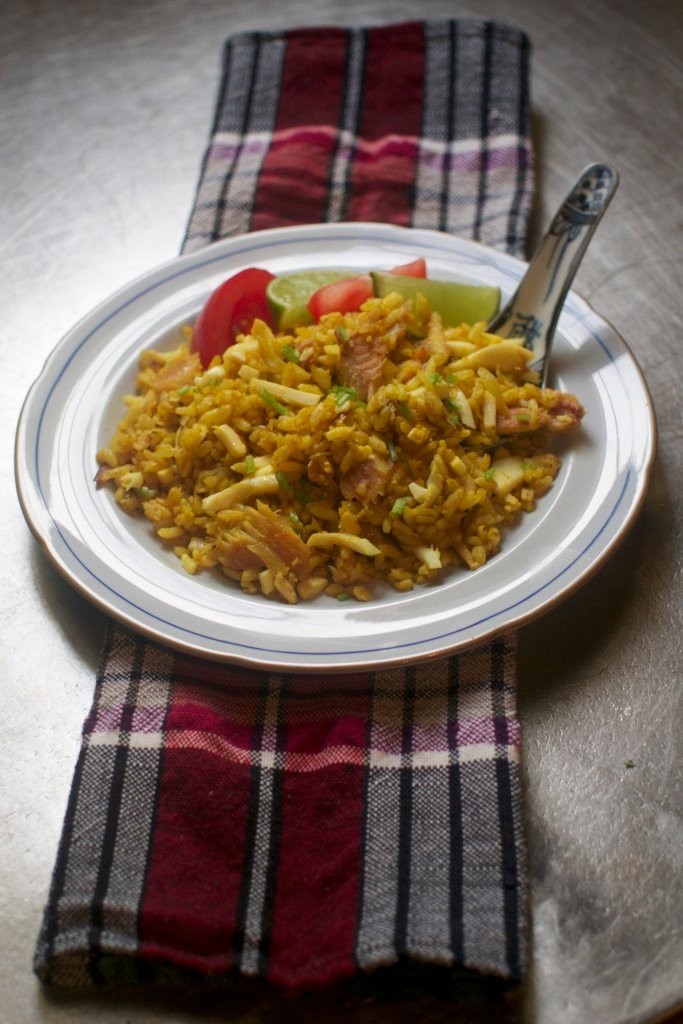The Burma Cookbook
by Robert Carmack
The Burma Cookbook won World’s Best Asian cookbook of the year at Gourmand World Cookbook.
Competing against entries from some 205 countries and thousands of titles, The Burma Cookbook vied against four finalists from all books published in Asia.

Over a decade in the making, “The Burma Cookbook” spans Myanmar’s opulent traditions of empire: from the past century’s best fare to contemporary dishes today. Lavishly illustrated and photographed, with some 175 easy to follow recipes, step-by-step techniques, and a comprehensive glossary. Consider this equally a travelogue & cookbook, suitable to grace both coffee table and kitchen workbench alike.
Burma’s cuisine is rich and varied, subtly imbued with the flavors of ginger, onion and garlic; uniquely different from neighboring India, China and Thailand, and without fiery spice. Travel with the authors as they take you through Myanmar’s foods in simple stages, while explaining specialist processes in authoritative detail. Taste the heritage foods of the country’s immigrant populations, and regional specialties. The authors had exclusive access to The Strand hotel’s historical archives during production of this book.
- Edwardian cool & chic retro design, lavishly illustrated and photographed
- 175 tested and proofed recipes, all authentic and easy to prepare
- An illustrated glossary of local ingredients, with shopping substitutes for international readers
- More than a cookbook: explore Myanmar and its history, plus specialty subject articles interspersed, from Tea Houses, Scott Market, Local Etiquette, and 2000-year old Shwe Dagon Pagoda
- Historical quotes from contemporary travelers interspersed throughout
- Recipe measurements interchangeable in US imperial and metric
- This is a cookbook for everyone: Europeans and Americans unfamiliar with Eastern ingredients, and equally for Asians wanting to explore Myanmar’s authentic culinary influences

Rahkine Fisherman’s stew
This dish can be made simply with fish fillets as below, but better to turn it into a virtual Bouillabaisse laced with clams, prawns, squid and octopus. Authentically, Rakhine prefer a more pungent form of fermented fish (ngapi sensa), over bottled fish sauce used here.
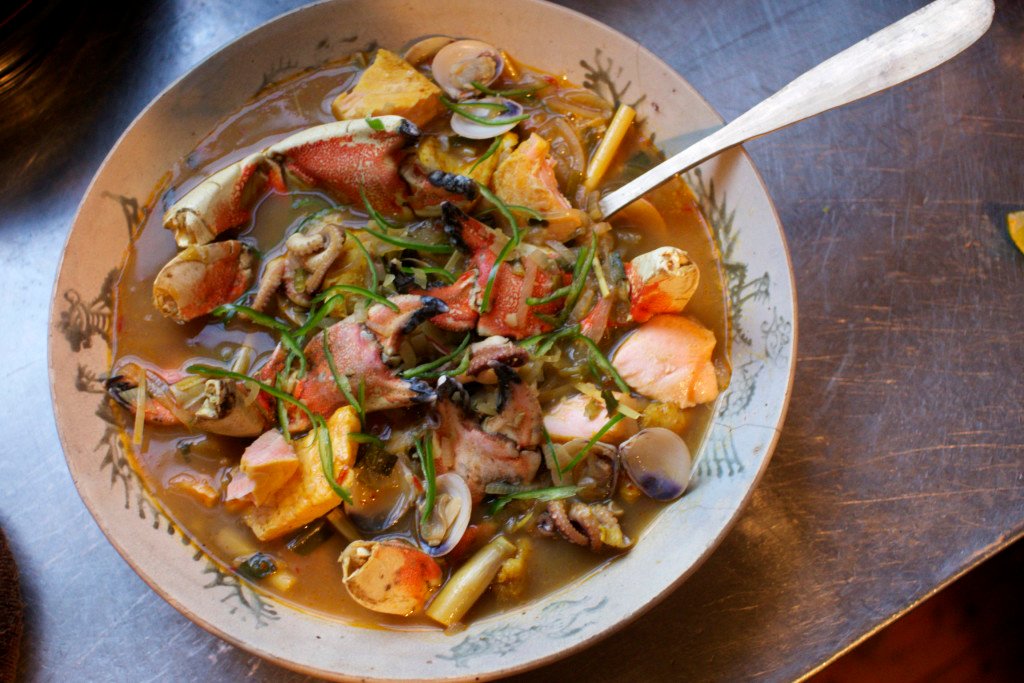
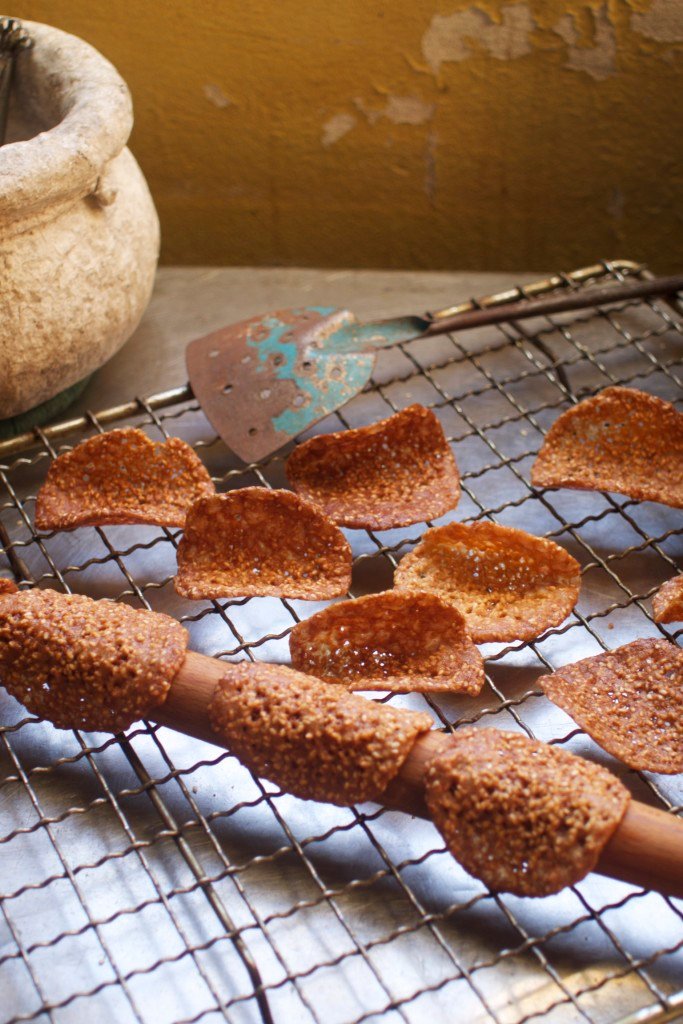
Sesame Cookies
Variation: Florentines & tuiles Crisp, thin lacy cookies are made by decreasing flour to 1/2 cup/75 g. Stir all the sesame into the batter; do not reserve any for later coating. As these will triple in size, drop by teaspoonsful far apart on the baking sheet. Bake for 7-10 minutes, or until thin and lightly browned. Remove from oven and leave on sheet for a few minutes to slightly harden, then use a spatula to remove and cool on a rack. Optionally, lightly coat the bottom of the cookies with melted chocolate. For curved “roof tile” tuiles do not cool on pan; rather, remove immediately with spatula and cool on a rolling pin to form a curve. For best presentation, do not turn them over to cool. page 317
Black glossy pork
This ebony stew is a favorite at Myanmar Assar-Asa spreads. Use either pork rump or belly and retain the thick rind for texture. There are three distinct sorts of Chinese soy – light, dark and thick sweet – but labels can be confusing. In essence, the latter is thick jet caramel coloring and only sometimes includes actual soy; it is especially favored in slow braises such as this.
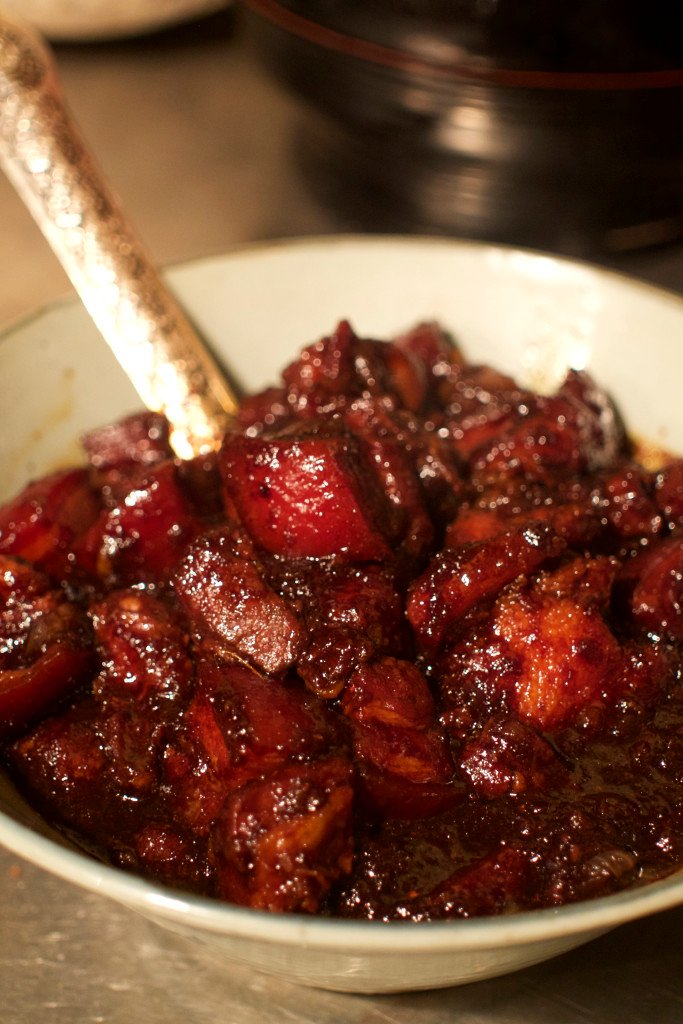
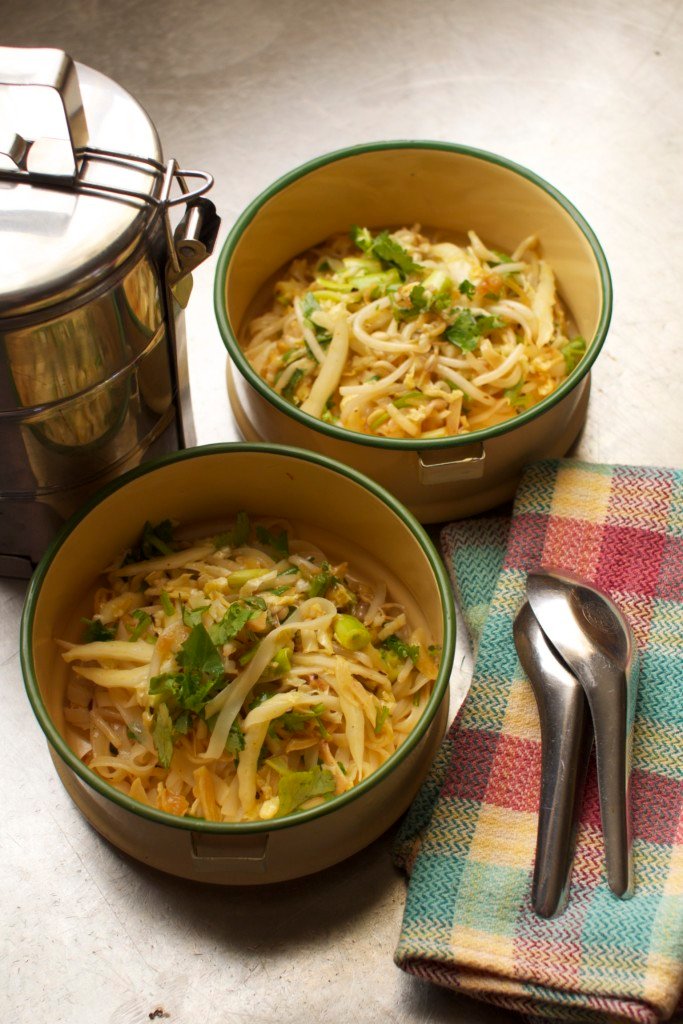
Monti Salad
This Mandalay specialty can be made variously with wheat- or egg noodles or thick rice stick noodles. This recipe is a meatless version, although Fish Cakes and cooked shredded chicken suit. page: 215
Kedgerree
A classic Anglo-Indian recipe, kedgeree progressively deviated from the original khichri, which was a meat-less combination of cooked rice and split peas. Its British counterpart stipulates smoked haddock, although kippers, smoked salmon and smoked trout all suit. Anchovy paste comes in tubes, available in the deli section of select supermarkets; alternatively use fish sauce. The amount of salt used will depend on the fish. page: 164
